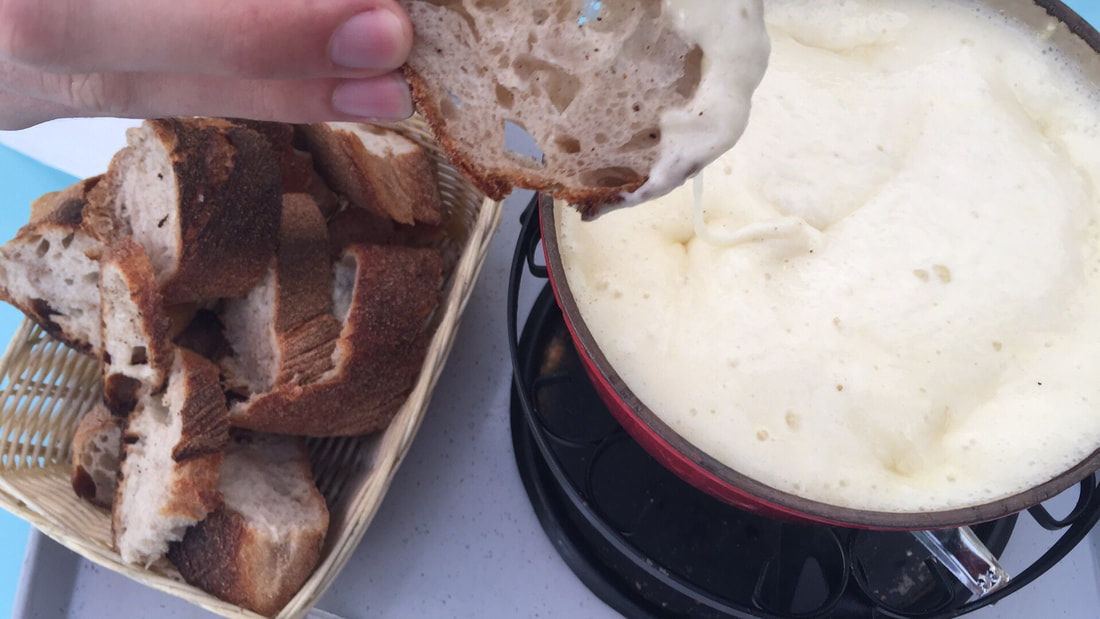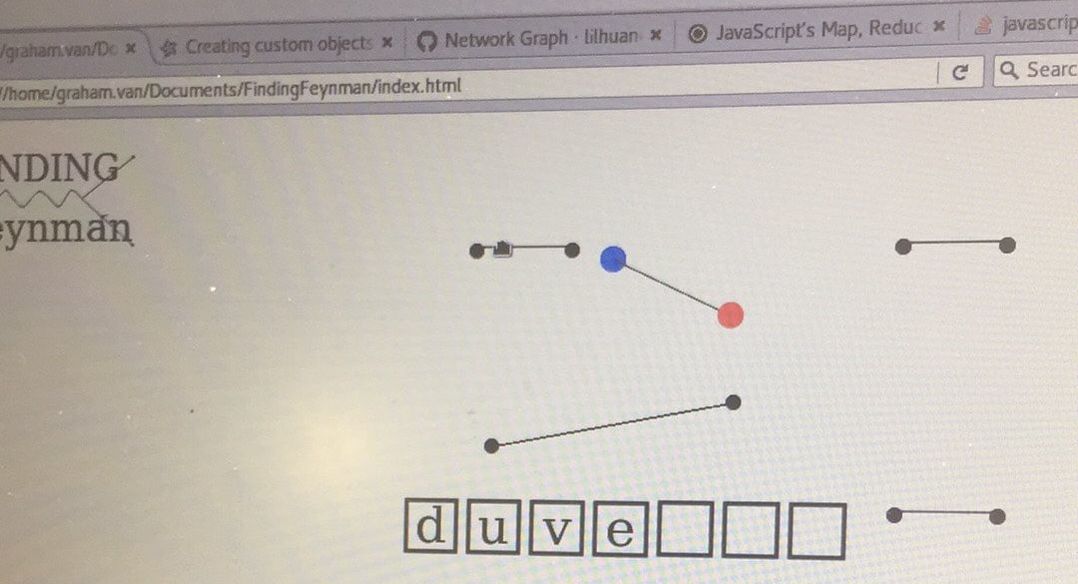Attending the 2017 UM-CERN-REU program was a defining experience of my undergraduate career, leaving its mark through unique research focus, engaging academic lectures and tours, and unparalleled global social atmosphere.
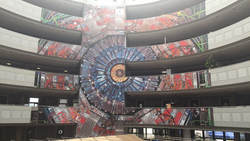
When I received my project details a few weeks prior to my arrival in Geneva, I immediately and eagerly began to explore the huge body of research which seemed prerequisite to this new work. I had read about the ATLAS Experiment before, but had little concept of the thousands of human tasks, from beam engineering to analysis to management, which constitute its daily operation. Participating in ttH-analysis group meetings throughout the summer, I witnessed in real time the sensitive decisions which must be made to ultimately achieve a strong and confident result. 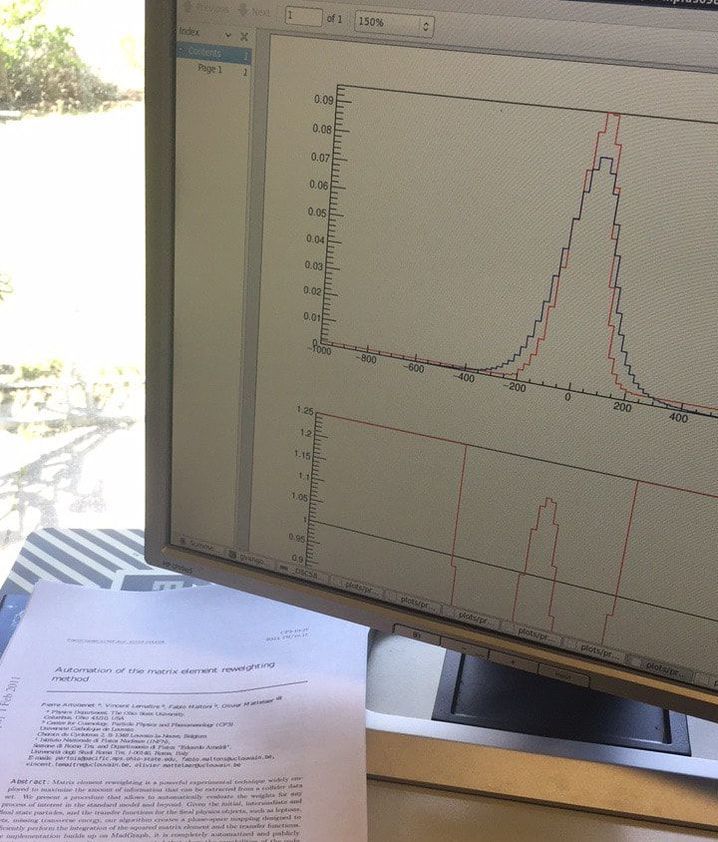
Touring landmark experimental facilities such as the Antiproton Decelerator (pictured to the right) greatly expanded my perception of the scale of CERN. It would be hard to leave such a tour with the misconception that CERN's work is only relevant to particle physicists; rather, it is relevant to nuclear technologies, health and radiation therapies, and the frontiers of engineering. One example of international social engagement was the CERN Summer Student Webfest. I participated on a team composed of students from the U.K., U.S., India, and Germany, designing and prototyping a JavaScript browser game called "Finding Feynman". We aimed to create a drag-and-drop environment where students at the pre-university level could explore the physics of elementary particles, and discover key properties for themselves.
|
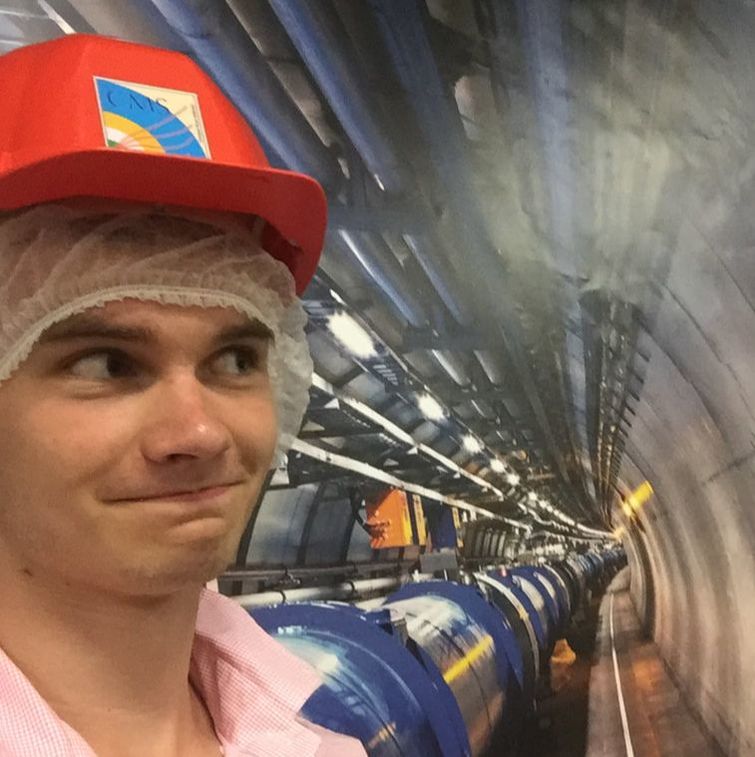
At my desk in Building 40, I got to know my supervisor, a German Ph.D. researcher named Alexander Held who was studying in Canada. I became familiar with ROOT, CERN's own data analysis framework, and found opportunities to interface it with more familiar Python. I worked with two systems for simulating LHC proton collisions, and used these results to compare against tests of the FOAM pdf-approximation method. Over the course of the project, I extended these tests to gradually more complex decay processes, and the visualization tools I developed improved the knowledge value of each test. 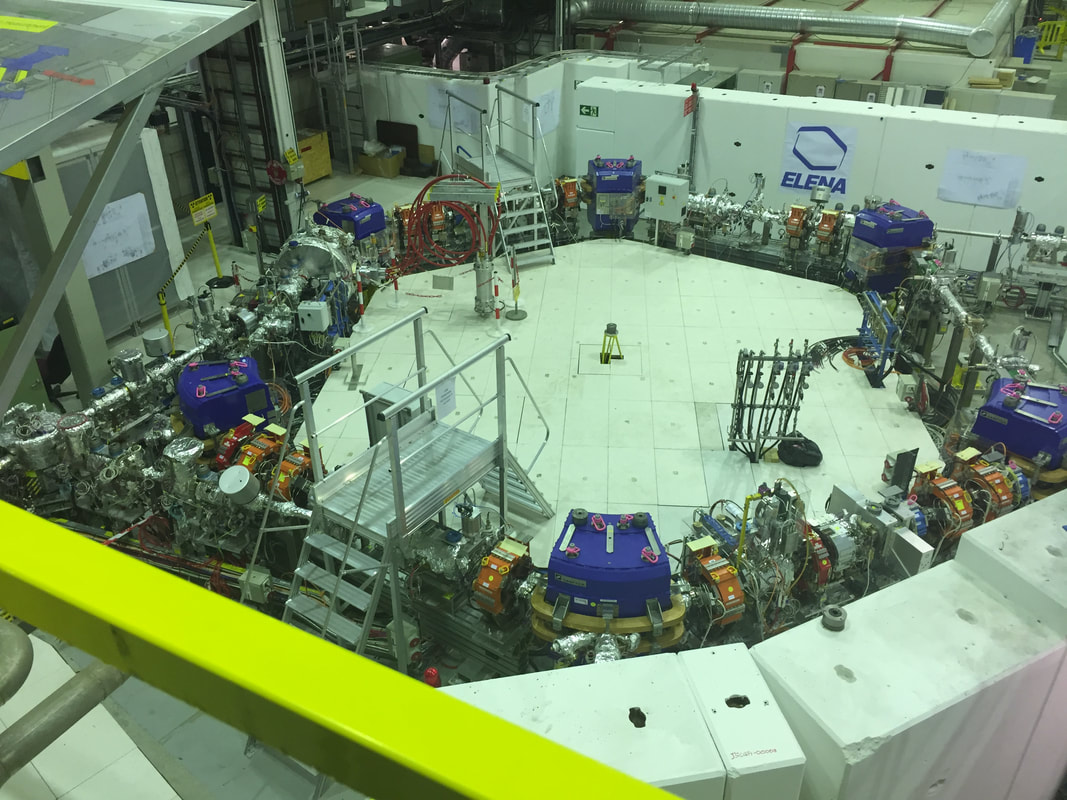
Friendships forged with fellow summer students from all continents (excepting Antarctica) were a key facet of my CERN experience. Exploring the Geneva area together provided opportunities for bonding beyond our shared scientific passions. Many of these bonds have endured through the time since the program. |
I was supported in this experience by the University of Michigan and the National Science Foundation, and in particular thank Professor Junjie Zhu, Professor Steven Goldfarb, and Cari Cesarotti for guiding my journey at CERN.
I am happy to answer any questions relating to this work, and may be reached at [email protected].
Works Cited:
- Bezrukov, F., and M. Shaposhnikov. "Why Should We Care about the Top Quark Yukawa
Coupling?" Journal of Experimental and Theoretical Physics, vol. 120, no. 3, 2015, pp.
335{343., doi:10.1134/s1063776115030152. - Jadach, S. "Foam: A General-Purpose Cellular Monte Carlo Event Generator", 2002.
Comput.Phys.Commun. 152 (2003) 55-100. Web, arXiv:physics/0203033. - Nackenhorst, Olaf. "Search for the Standard Model Higgs boson produced in association
with tt and decaying into bb at 8 TeV with the ATLAS detector using the Matrix Element
Method", 2015. CERN-THESIS-2015-186. Web, cds.cern.ch.
